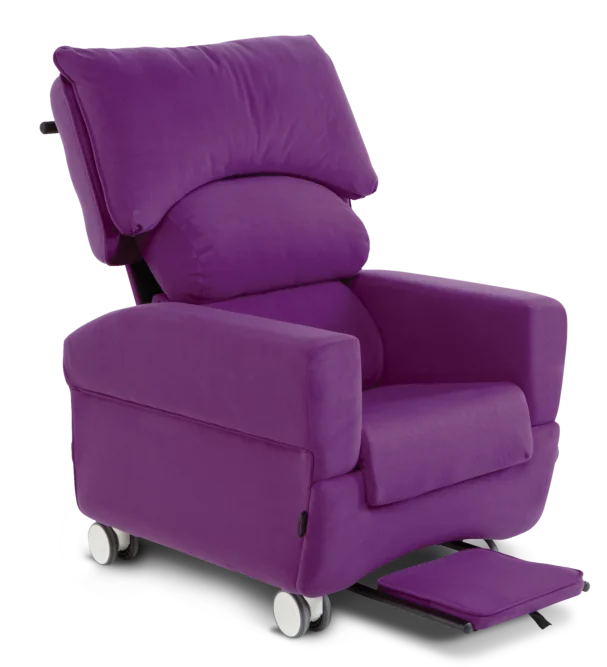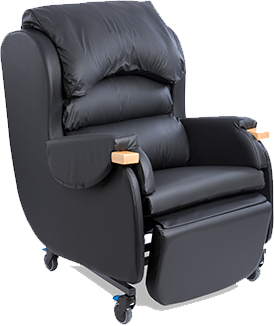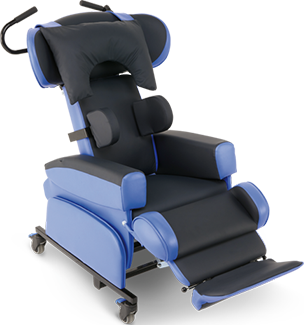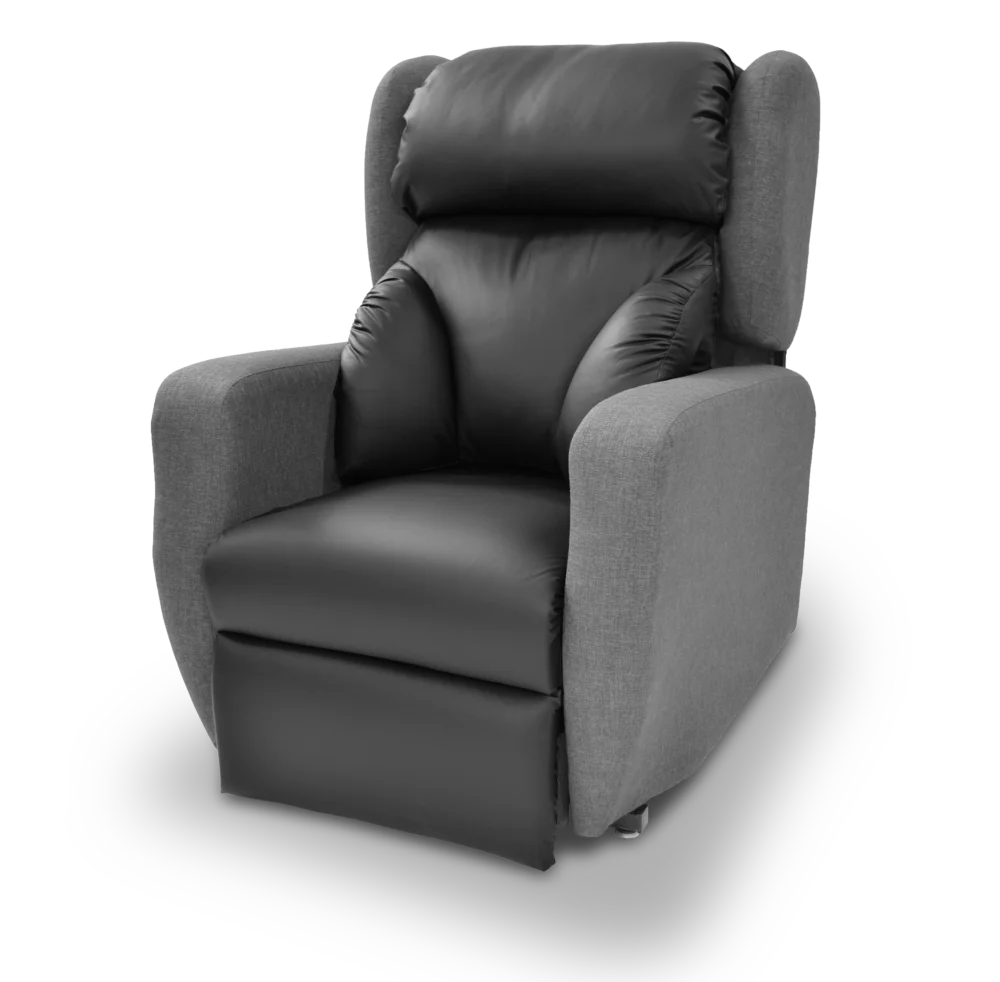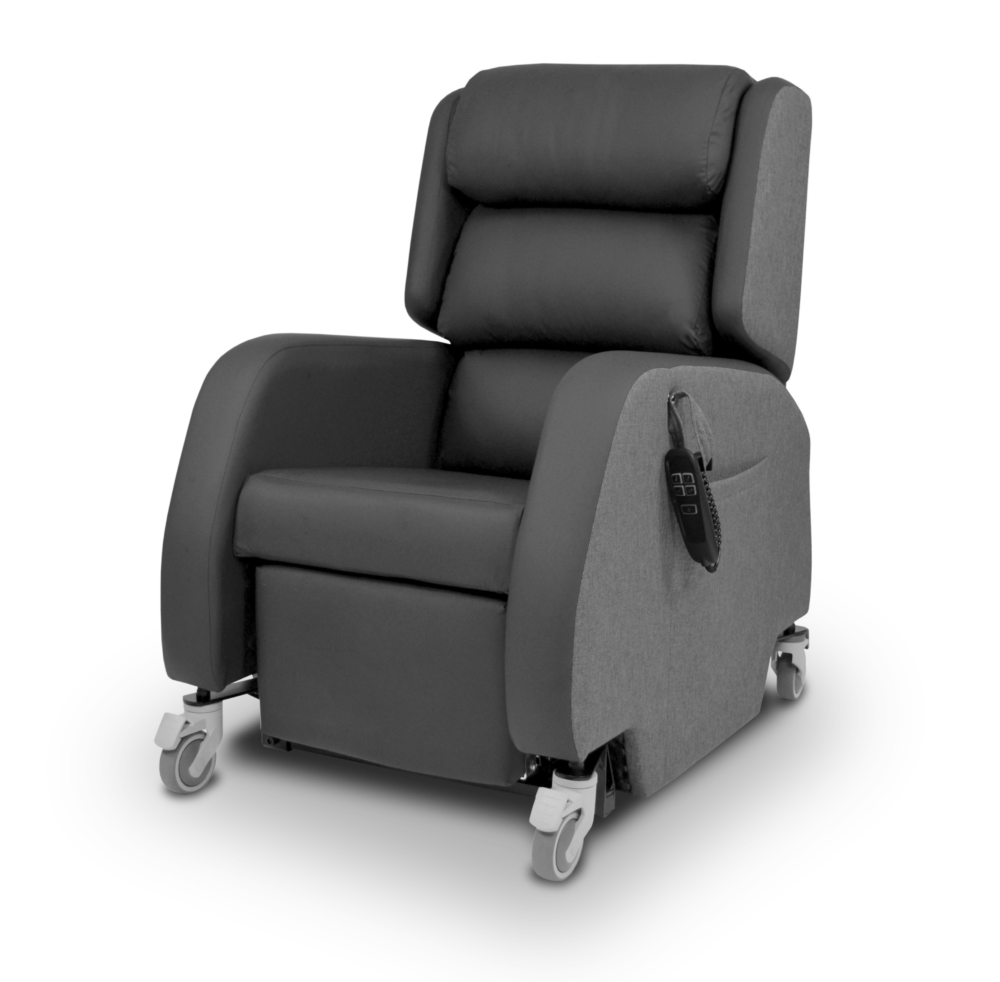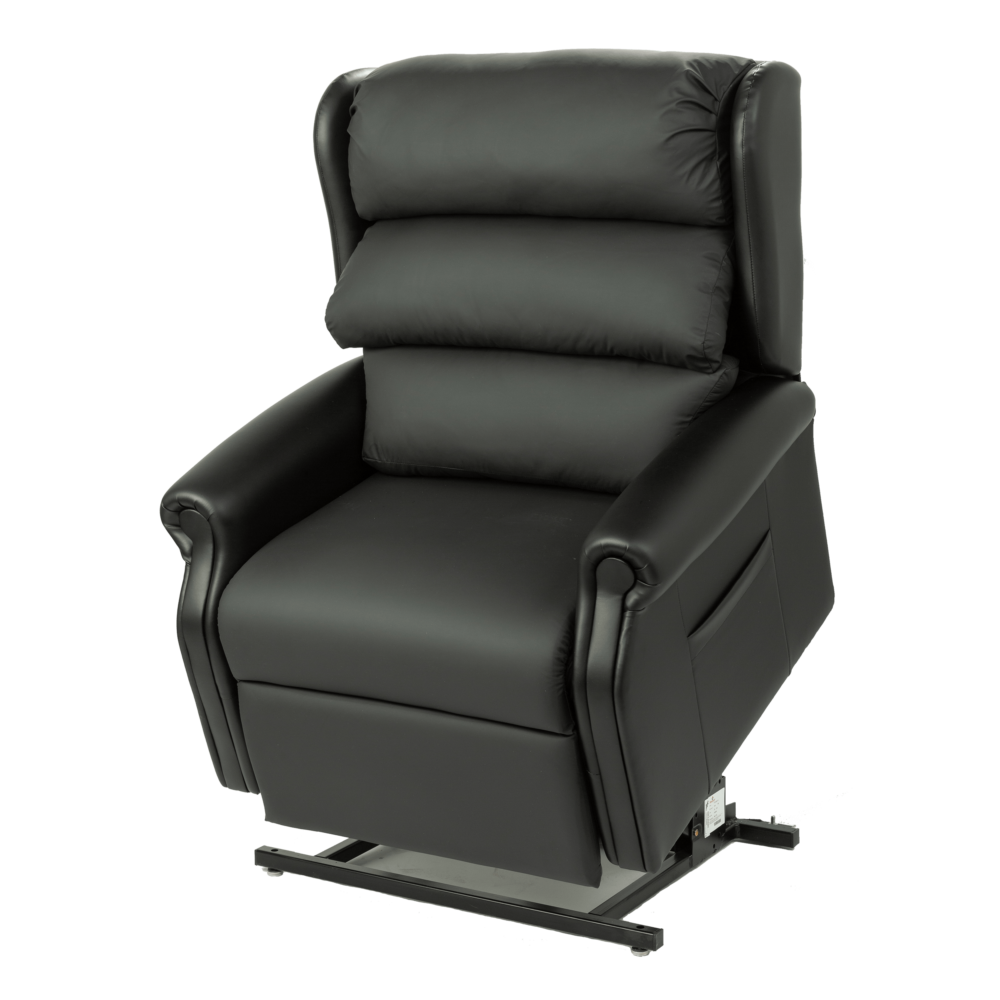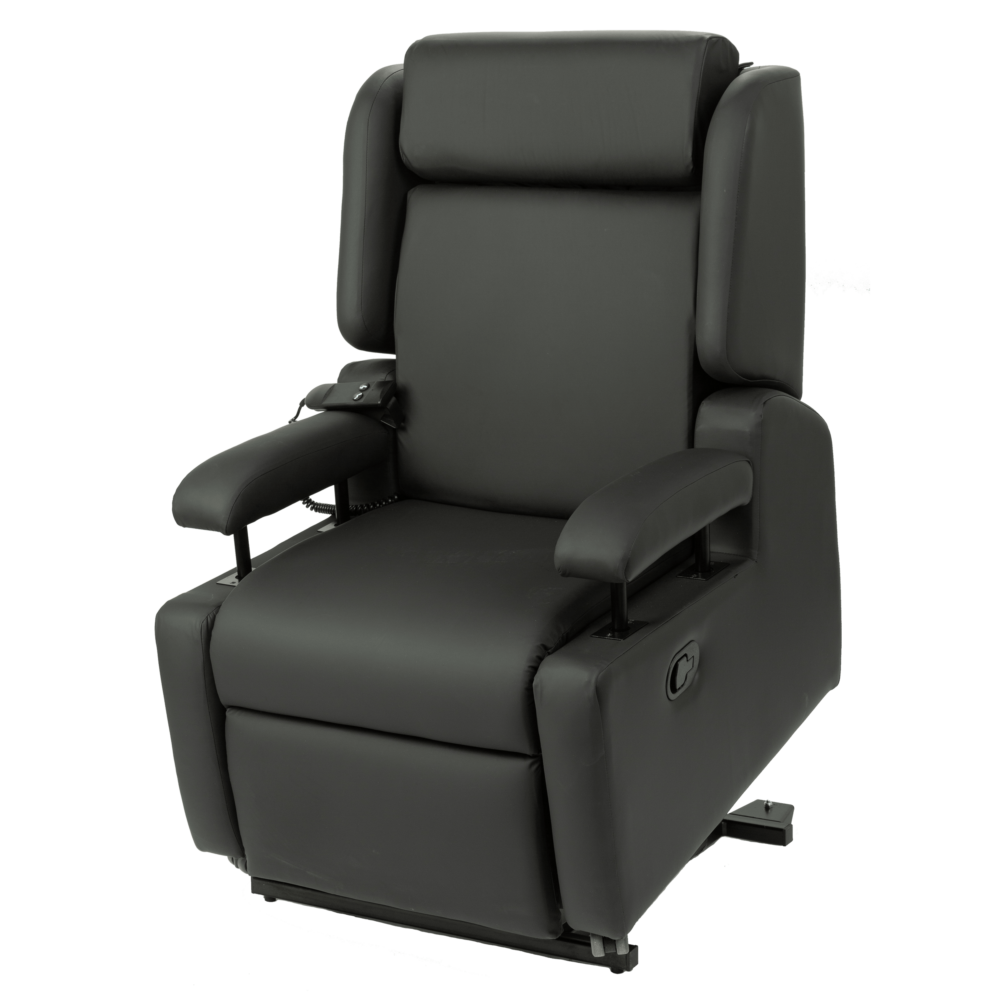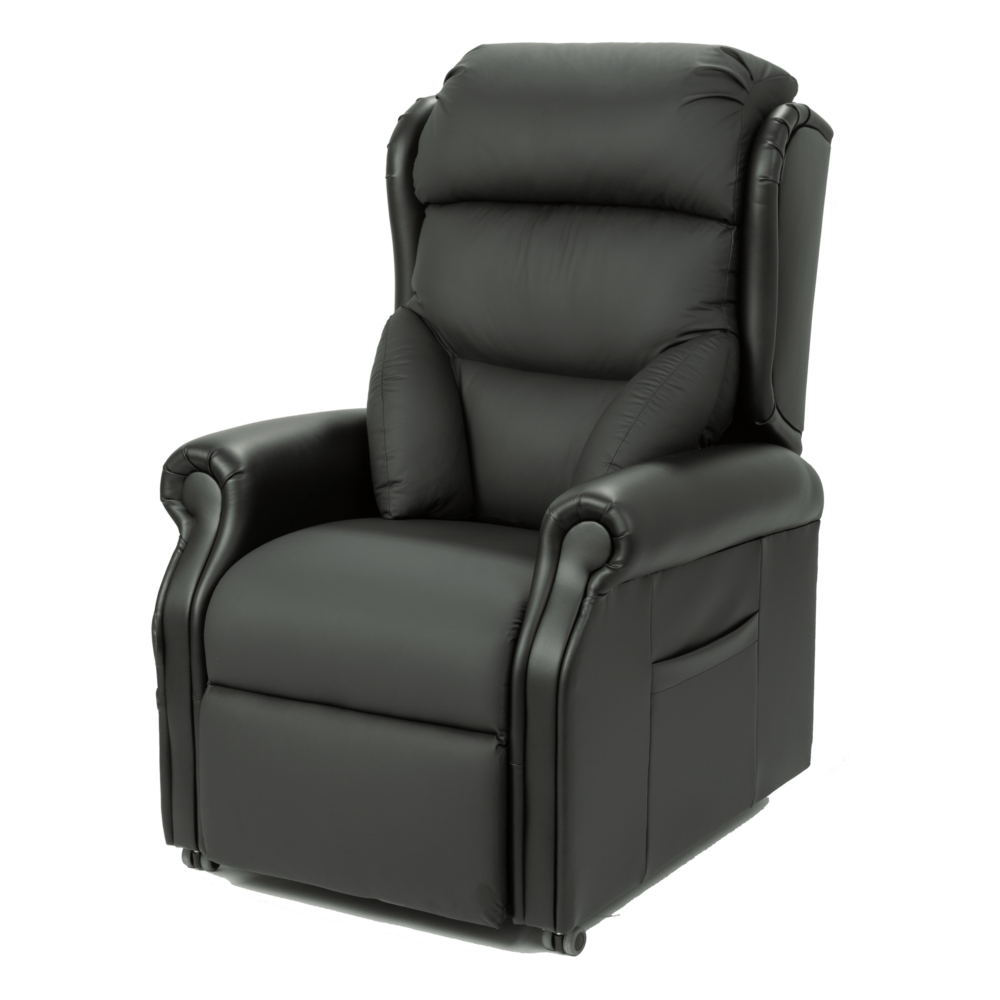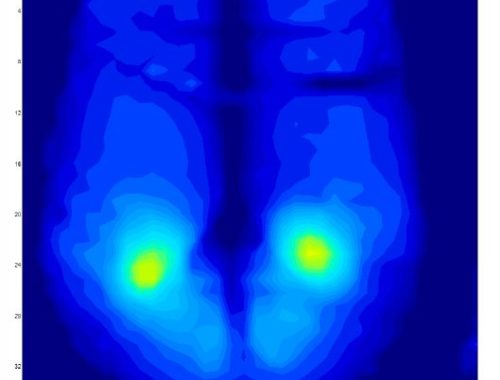2018 – Pressure Mapping Evaluation:
- We recently completed a pressure mapping study with an independent representative from Sumed, with the aim of providing healthcare professionals prescribing CareFlex chairs with the evidence needed to prove product effectiveness.
- Seminal work by Kosiak states that average pressures of 60-70mmHg for 1-2 hours may lead to soft tissue pressure injury5.
- A recent study by Kim & Chang showed average pressures for foam cushions as 61.92mmHg and air adjustable cushions as 60.95mmHg6.
- This study indicated that WaterCell Technology can offer lower average pressures, with a range between 27-32mmHg.

2017 – Bartley & Stephens, University of Salford3:
Published in the Journal of Tissue Viability
Independent trials were undertaken by Carol Bartley, an Occupational Therapist, and Melanie Stephens, a Senior Tissue Viability Nurse.
Three CareFlex chairs were used during the trial: The HydroTilt, The SmartSeat and the SmartSeatPro, with participants who presented with reduced mobility and who were reflective of a population at risk of pressure injury.
The researchers found that CareFlex chairs were reported to be comfortable and the effectiveness of WaterCell Technology is comparable with other studies in the field with regards to pressure redistribution properties for people with a disability who need to sit for prolonged periods of time.
- Comfort: 92% of participants reported the chairs as being comfortable. They described this by reporting positive feelings, such as falling asleep in the chair, the chair being at the right temperature, feelings of stability, and their body feeling more at ease.
- Occupation: While they were seated in the CareFlex chairs, 80% of participants reported being able to do more than they would usually do in terms of activities and leisure pursuits, such as watching TV, reading, and knitting.
- Average pressure: WaterCell Technology offered lower average pressures than those reported to increase the risk of pressure injury.
- Peak pressure index: Across all three chairs, the peak pressure index was comparable to a study by Gil-Agudo et al. that evaluated the well-known and accepted pressure relieving support surfaces: low-profile air, high-profile air, dual-compartment air, and gel and firm foam cushions4.
- “The HydroTilt can address a range of issues relating to pressure and postural care, can also ease problems associated with feeding, environmental interaction, mobility, respiration and swallowing, oedema and, perhaps most important of all, comfort and dignity“2
What the participants had to say:
- “I’d forgotten what it felt like to sit somewhere comfortable… for the past three years I’ve literally either been in bed or in a wheelchair”.
- “It’s got to be down to the chair… it’s a strange feeling… because I’ve not experienced that in such a long time (8-9 years)”.
- “It was like my whole body had had a transformation really because the comfort is good”.
- “I feel like I’m sitting better than I normally would which is enabling me to do things more comfortably”.
- “It’s novel being able to wear jeans with pockets on them again! On the settee I just end up with pocket marks on my bum!”

We have always been open to the evaluation of our products to prove their clinical effectiveness. We have submitted our chairs to independent testing over the last 20 years to ensure we have the evidence to support our beliefs.
1998 – Medical Devices Agency1:
- The Medical Devices Agency evaluated our HydroTilt chair by measuring the ischial interface pressures of 12 elderly able-bodied subjects
- The results of the HydroTilt were compared to the subjects’ ‘reference’ armchair
- The HydroTilt gave among the lowest interface pressures with a mean of 64.2 mmHg, compared to the ‘reference’ armchair’s mean of over 90 mmHg
References
Medical Devices Agency (MDA) (1998) Evaluation: Armchairs with special features to reduce interface pressure. Alternating pressure cushions and supplementary cushions. A comparative evaluation
Collins F (2007) The HydroTilt Armchair: Meeting complex seating requirements International Journal of Therapy and Rehabilitation 14(2)
Bartley C, Stephens M (2017) Evaluating the impact of WaterCell® Technology on pressure redistribution and comfort/discomfort of adults with limited mobility Journal of Tissue Viability 26(2):144-149
Gil-Agudo A, De la Peña- González A, Del Ama-Espinosa A, Pérez-Rizo E, Díaz-Domínguez E, Sánchez-Ramos A (2009) Comparative study of pressure distribution at the user-cushion interface with different cushions in a population with spinal cord injury Clinical Biomechanics 24:558-563
Kosiak M (1959) Etiology and pathology of ischemic ulcers Archives of Physical Medicine and Rehabilitation 40(2):62-69
Kim WJ, Chang M (2013) A Comparison of the Average Sitting Pressures and Symmetry Indexes between Air-adjustable and Foam Cushions Journal of Physical Therapy Science 25(9):1185–1187

